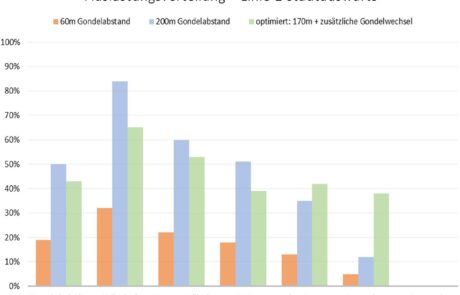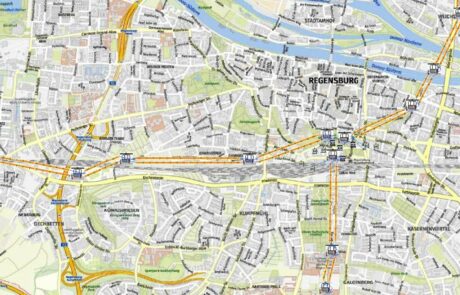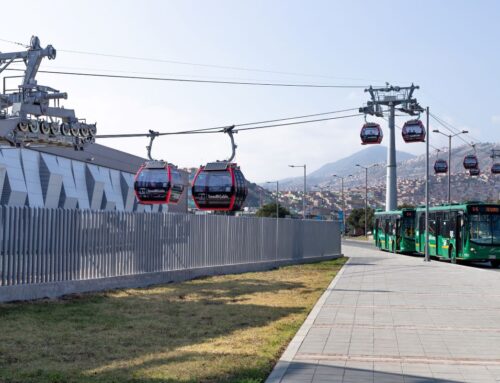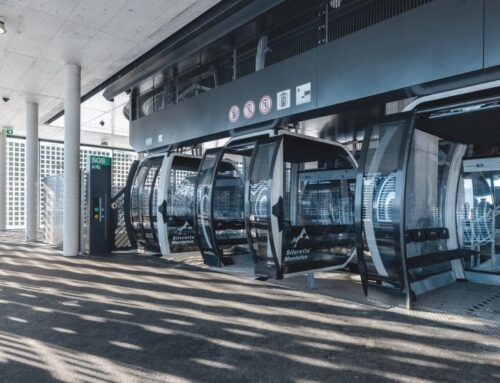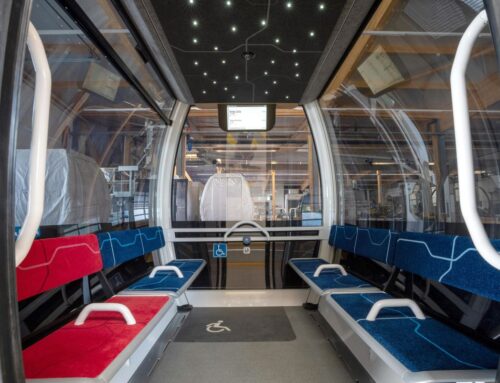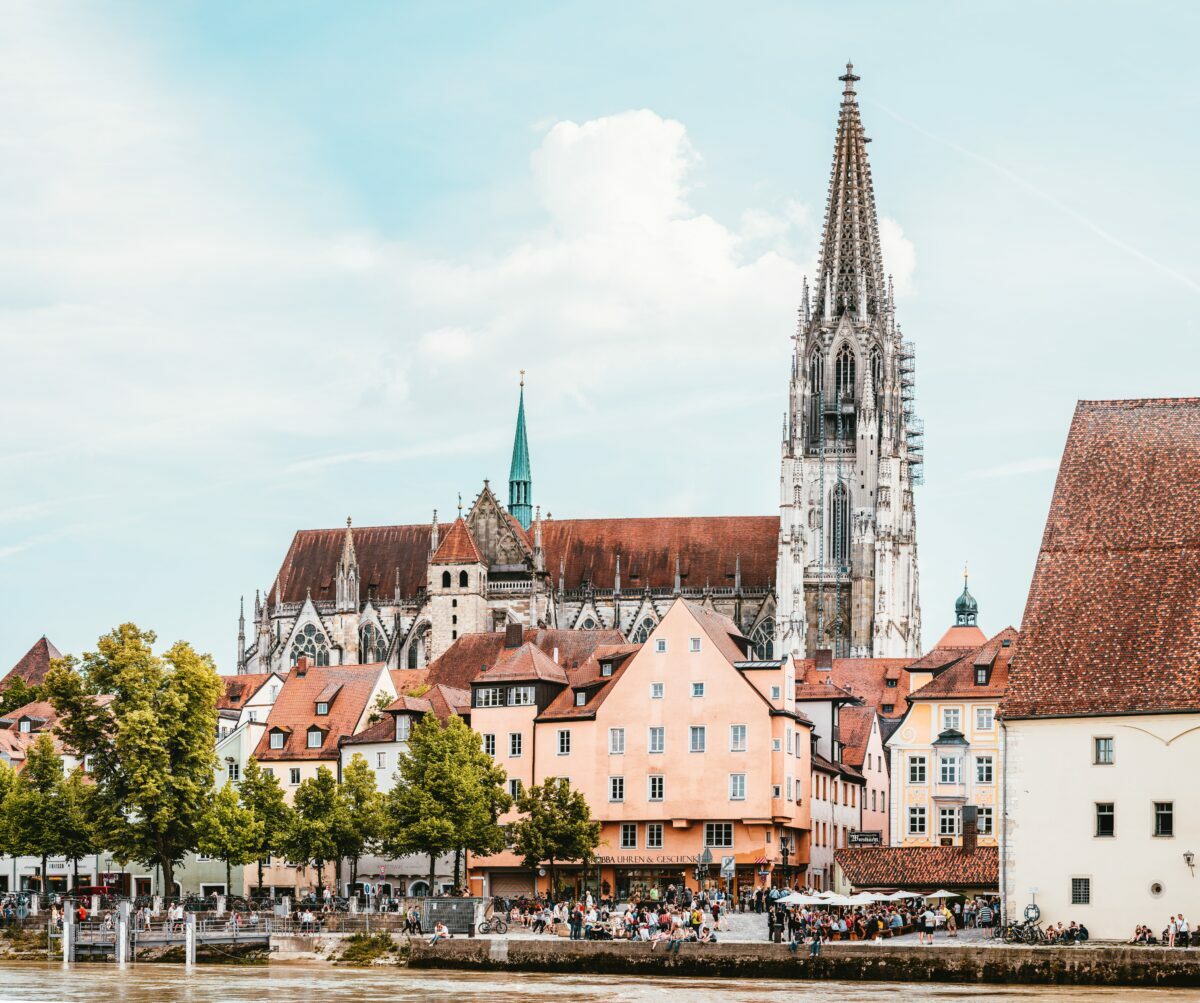
Cities, SI Urban 2/2024
Regensburg – operating scenarios for urban ropeways
Does Regensburg need an urban cable car? And what would such a system have to look like in order to be optimally utilised?
Professor Ulrich Briem and Professor Stefan Galka from the East from the Regensburg University of Applied Sciences (OTH Regensburg). Together with students, they developed a concept for an urban cable car in Regensburg.
This met with great approval at a public presentation. However, the city council decided not to pursue the project for the time being and instead to press ahead with the construction of the new light rail system.
However, this would be more expensive to purchase than the construction of a cable car. However, the cancellation by the city council has not deterred the professors from continuing to pursue the vision of a cable car for Regensburg from a scientific perspective.
Status quo in Regensburg
The local public transport network in Regensburg consists of around 70 bus routes and a few rail connections. However, as there are hardly any dedicated lanes for buses in the city, traffic jams and congested roads are the result. As a result, the public transport network also suffers from the higher volume of traffic.
Three lines
The researchers designed a cable car network consisting of three lines. The design of the system was planned on the basis of the maximum expected passenger volume – a total of 14 kilometres long and 18 stations.
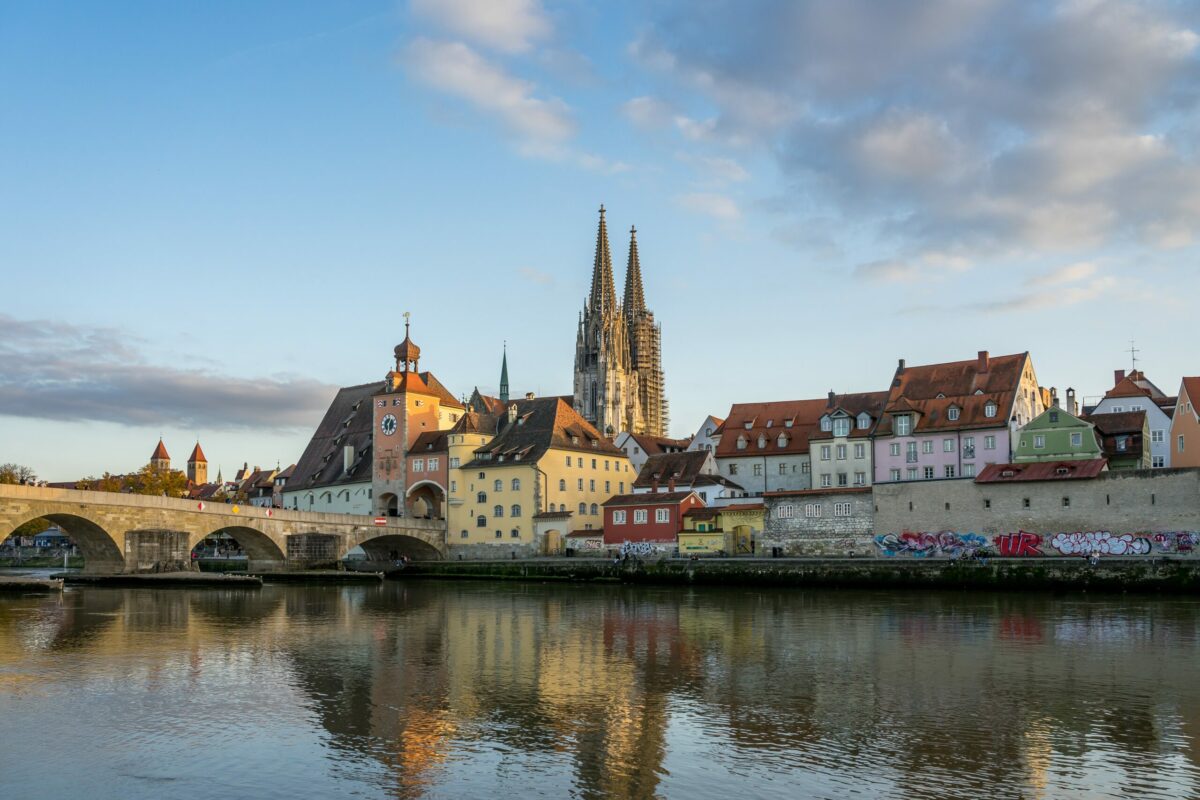
The optimum operating scenario
Depending on the number of cabins, the operating strategy and the transport speed, the throughput (number of gondolas per line), the waiting times and the utilisation of the gondolas were examined.
During the analysis, the researchers took into account that the volume of passengers at the stations influences each other and that interactions between the stations must also be observed. The influence of extreme situations, such as station closures and the different boarding behaviour of passengers, was also investigated.
The study conducted by the East Bavarian Technical University in Regensburg identified the following scenario: Despite a 40 percent reduction in the number of cabins, no increased waiting times occur at the stations.
If some of the cabins return to selected intermediate stations, the number of cabins on some sections can be adapted to the passenger traffic on these sections.
The cable car network planned in the study could transport up to 3,000 people per hour and direction in 10-person cabins, thus reducing the volume of traffic in the city.

Exclusive lane and inclusion
A cable car network would bring advantages for Regensburg, as the cable car has its own exclusive lane and travels independently of road traffic.
In addition, the cable car can be adapted to the respective rush at the station, for example by shortening the distance between the gondolas or reducing the journey when the number of passengers is low. As a barrier-free means of transport, the cable car also contributes to the inclusion of all road users.
REGENSBURG CONCEPT
| Length: | 14 km |
| Stations: | 18 |
| Capacity of the cabins: | 10 p |
| Capacity per destination: | 3.000 p/h |
